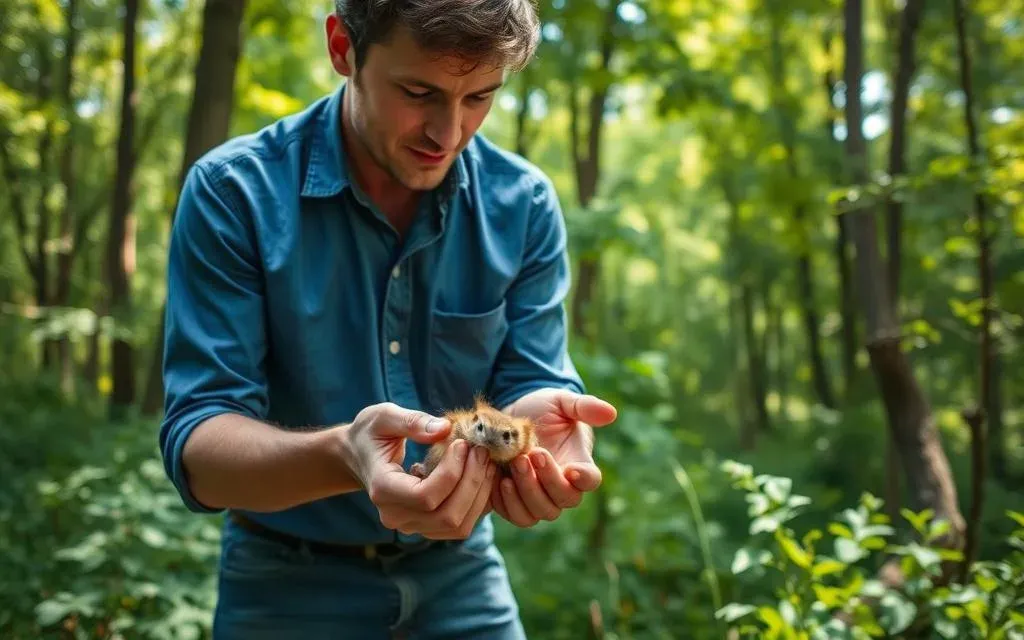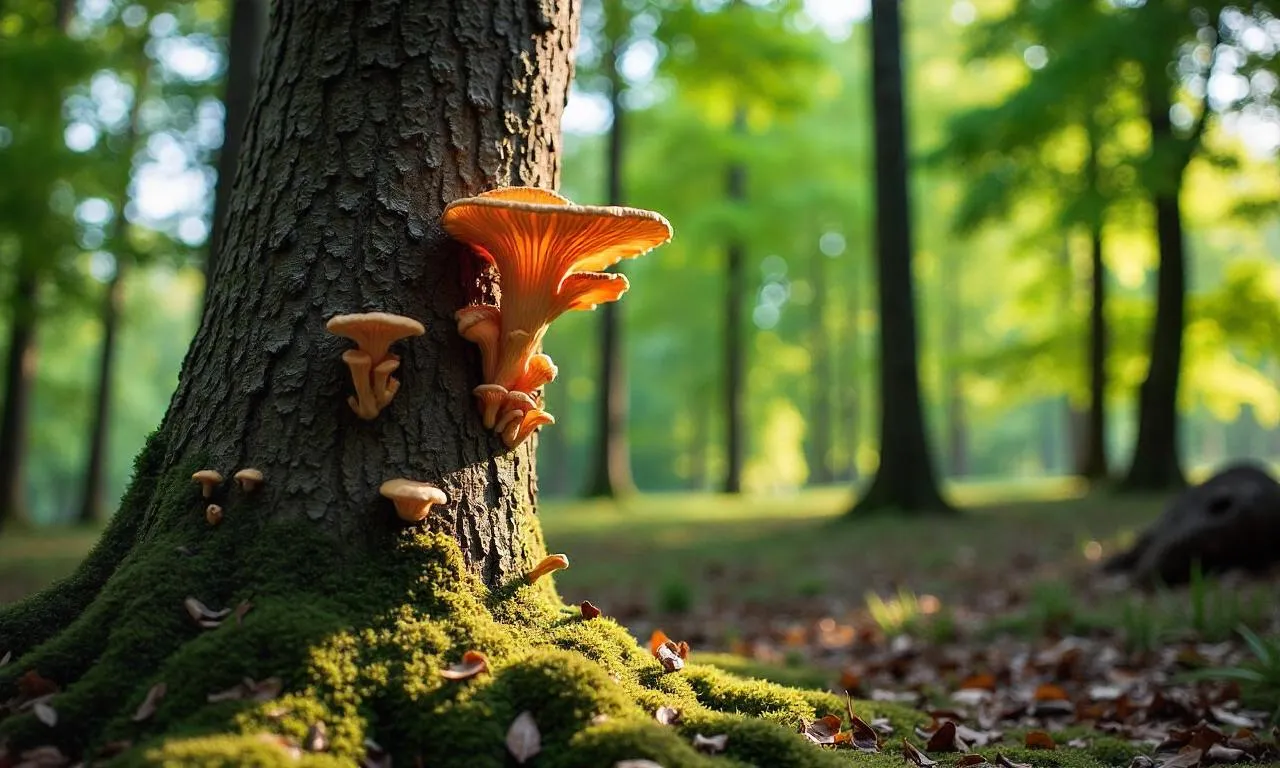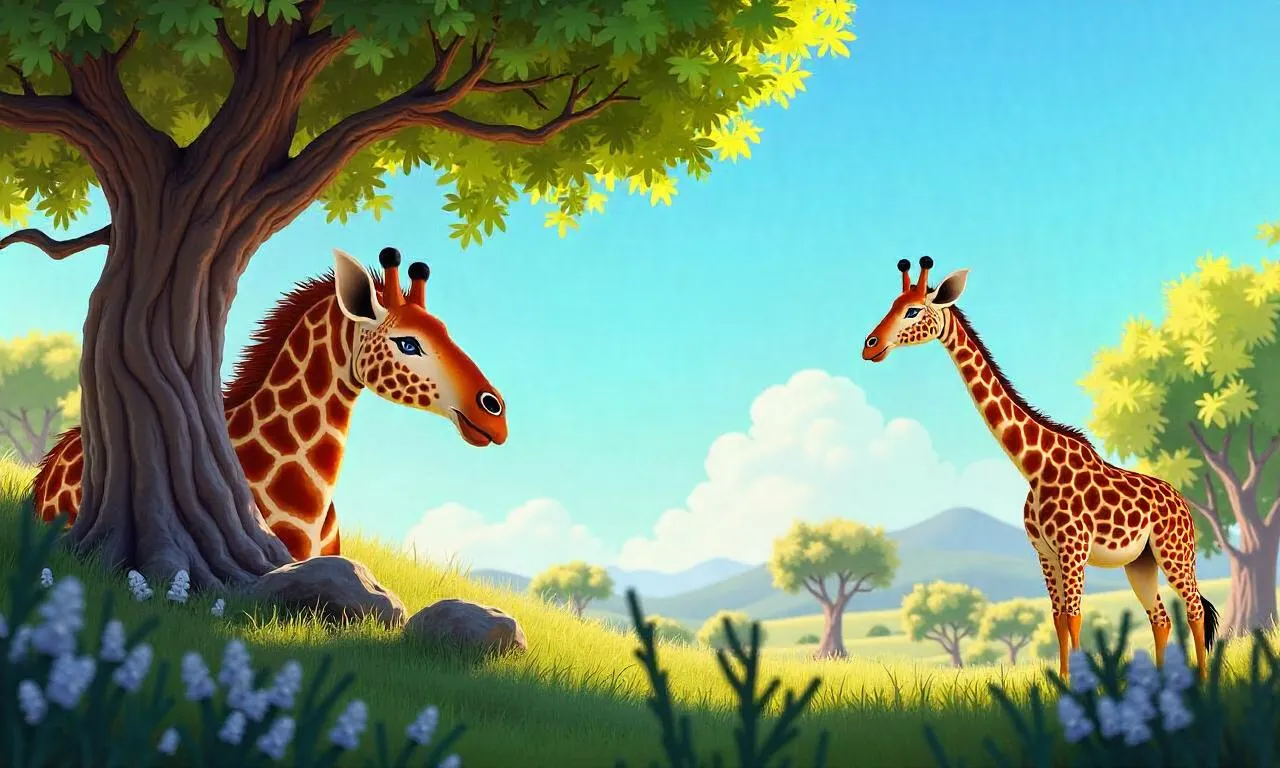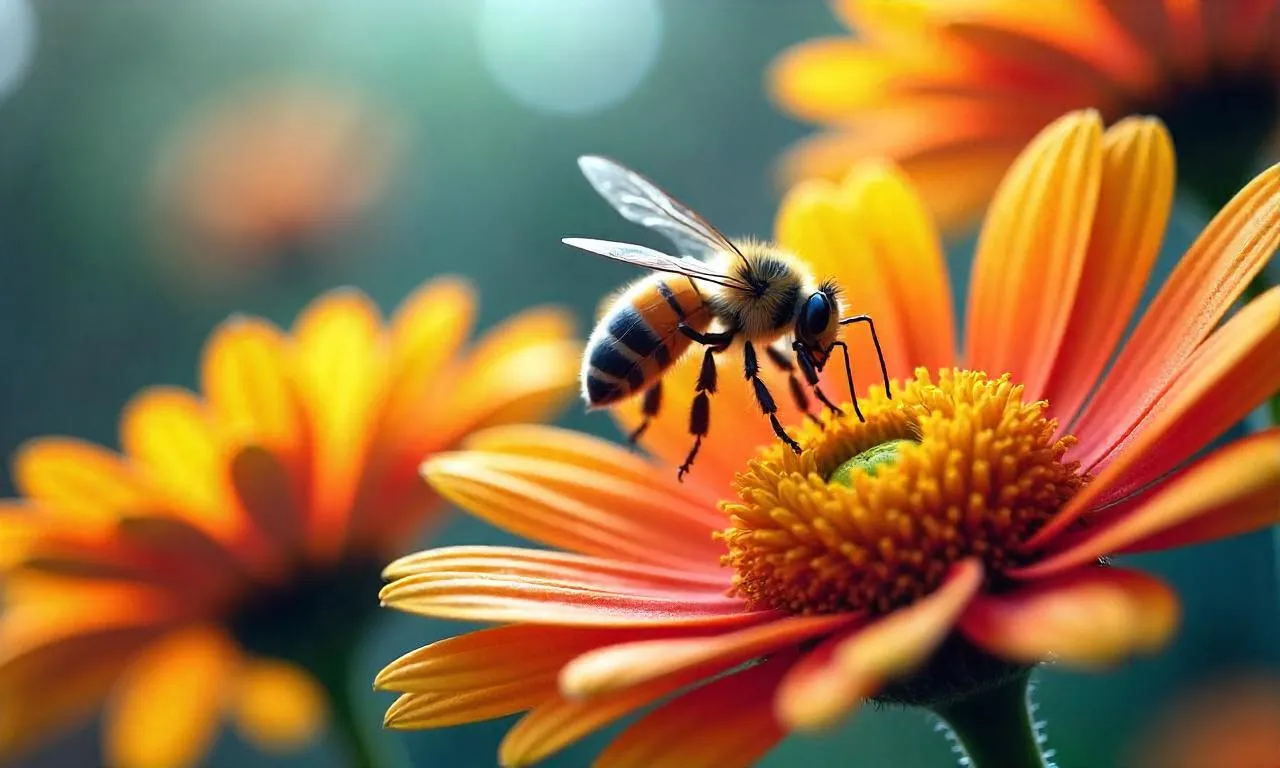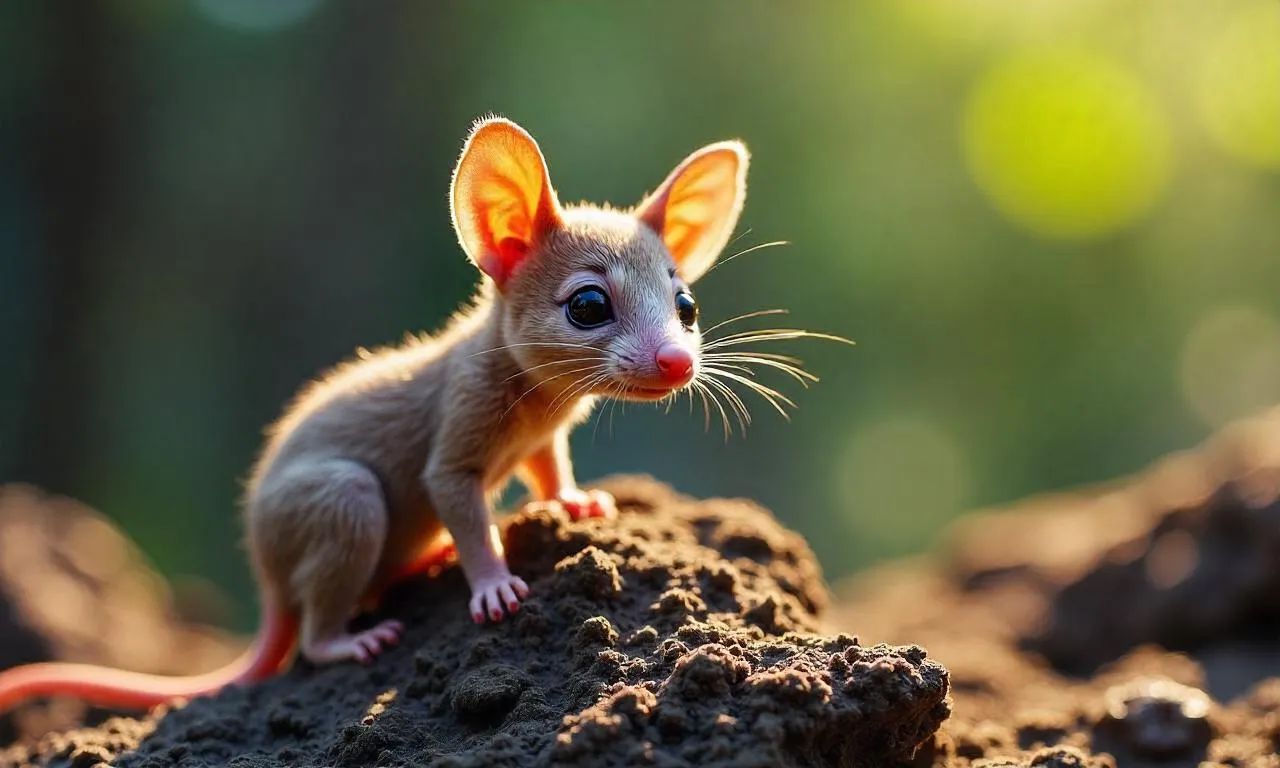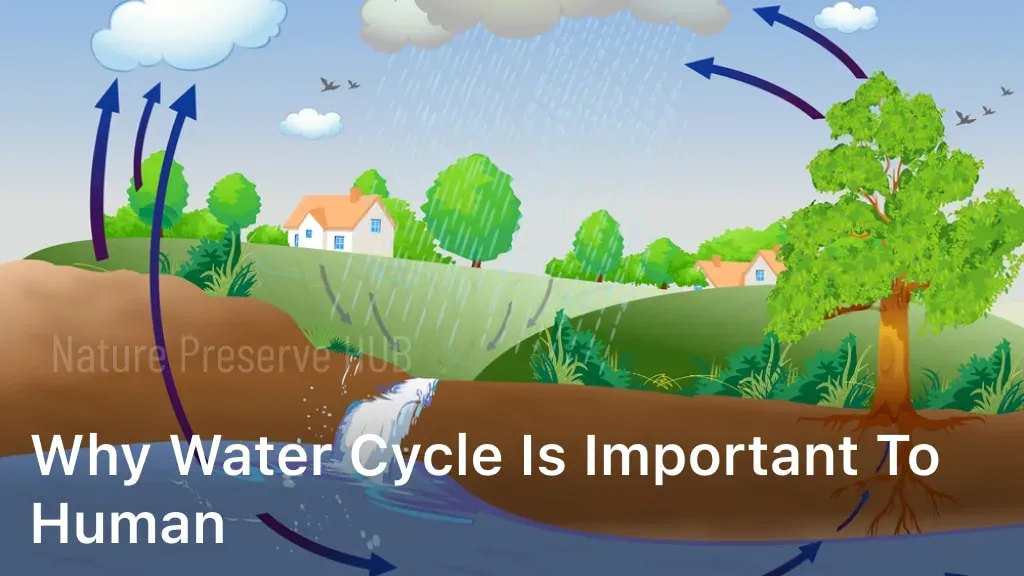Learn how to safely help an injured wild animal without causing harm. Follow proper steps to ensure their well-being and contact wildlife professionals.
Seeing a hurt creature in the wild can stir emotions and leave us wondering what to do next. Should we step in, or is it better to leave it alone? This question is more complex than it seems.
Our guide is here to help us understand the best practices for these situations. Insights from the Houston SPCA’s Wildlife Center of Texas show that safety is key for both the animal and ourselves. Recognizing signs of distress and using protective gear, like gloves, can make a big difference.
Approaching wildlife requires respect for their nature and legal guidelines. Basic supplies, such as a towel, can help create a safe place for the animal. By following these steps, we can ensure our actions are both compassionate and responsible.
Table of Contents
ToggleUnderstanding the Situation and Legal Requirements
Encountering a distressed creature in nature often leaves us unsure of the right action to take. Our first step should always be to observe carefully. This helps us assess the animal’s condition without causing additional stress.
Recognizing Signs of Injury and Distress
Visible signs of injury or distress can vary depending on the species. Common indicators include:
- Bleeding or open wounds
- Dragging limbs or difficulty moving
- Unusual behavior, such as lethargy or aggression
For birds, look for broken wings or an inability to fly. Bats may appear grounded or disoriented. Each species has unique signs that signal the need for assistance.
Knowing When to Contact a Licensed Wildlife Rehabilitator
In many cases, professional intervention is the best course of action. Licensed wildlife rehabilitators are trained to handle these situations safely and effectively. Here’s when to reach out:
- The animal shows severe injuries or signs of illness
- It’s a high-risk species, such as bats or raccoons
- You’re unsure about the animal’s condition or how to proceed
Legal guidelines, like those from the Harris County Health Department, emphasize the importance of contacting experts. Resources such as the New York State List of Licensed Wildlife Rehabilitators can guide us to the right professionals.
Protecting ourselves is also crucial. Wearing gloves and maintaining a safe distance ensures both our safety and the animal’s well-being.
How to Safely Help an Injured Wild Animal
Assisting wildlife in need requires preparation and knowledge to ensure safety for both us and the animal. Proper tools and techniques can make the difference between a successful rescue and unintended harm. Let’s explore the steps to take when preparing for such situations.
Gathering Essential Supplies and Protective Gear
Before approaching a distressed creature, we need the right supplies. A pet carrier, towel, gloves, and a sturdy container are essential. These items help protect both us and the animal during the rescue process.
Gloves are crucial for preventing scratches or bites. A towel or cloth can be used to gently cover the animal, reducing stress. A box or carrier provides a safe space for transport. Always ensure the container has ventilation holes for air flow.
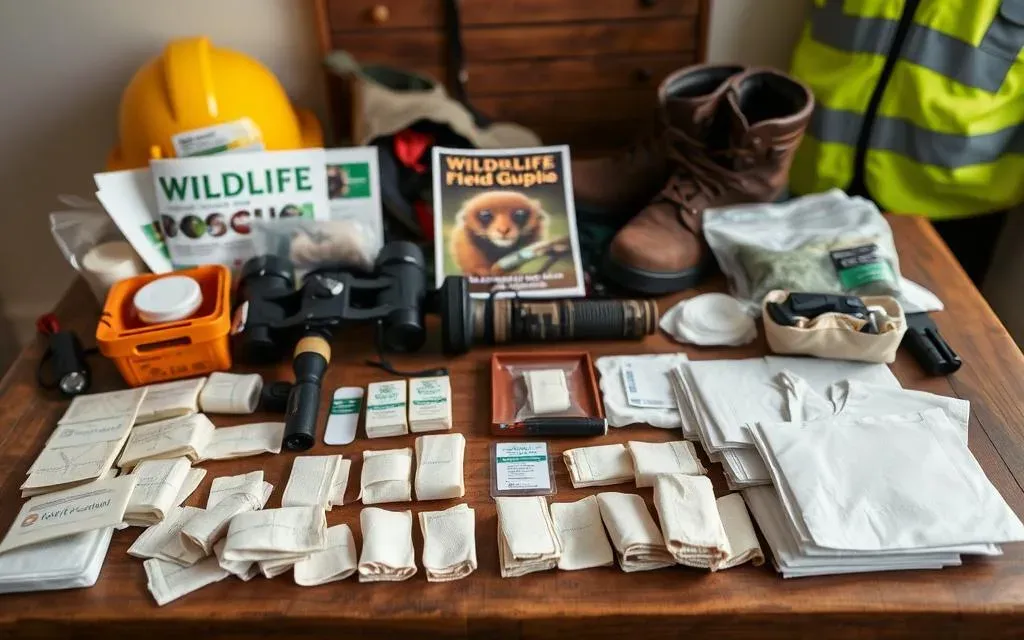
Safe Techniques for Containment and Handling
Handling wildlife requires care to avoid causing further injury. Approach the animal slowly and calmly. Use a towel to gently slide under the creature, providing support and protection.
For birds or small mammals, place them in a box lined with soft cloth. Avoid overhandling, as this can increase stress. Keep the container in a quiet, dark place to help the animal remain calm.
Guidelines on What Not to Do During a Rescue
Certain actions can do more harm than good. Avoid giving food or water to the animal unless instructed by a professional. Improper nutrition can worsen its condition.
Never attempt to treat the animal yourself. Contact a licensed wildlife rehabilitator immediately. They have the expertise to provide proper care and ensure the animal’s recovery.
Remember, our goal is to provide temporary assistance until professionals can take over. By following these guidelines, we can ensure a safe and effective rescue.
Transporting Wildlife to Licensed Professionals
Transporting an injured creature requires careful planning and the right tools. Proper handling ensures the animal’s safety and increases its chances of recovery. Here’s how to prepare for this critical step.
Choosing the Right Container and Making Ventilation Holes
Selecting a secure container is the first step. A cardboard box or pet carrier works well for most animals. Ensure the container is sturdy and has enough space for the creature to rest comfortably.
Ventilation is crucial. Use a pencil to poke small holes in the box or carrier. This allows air flow without risking escape. For birds or small mammals, line the container with a soft cloth to reduce stress.
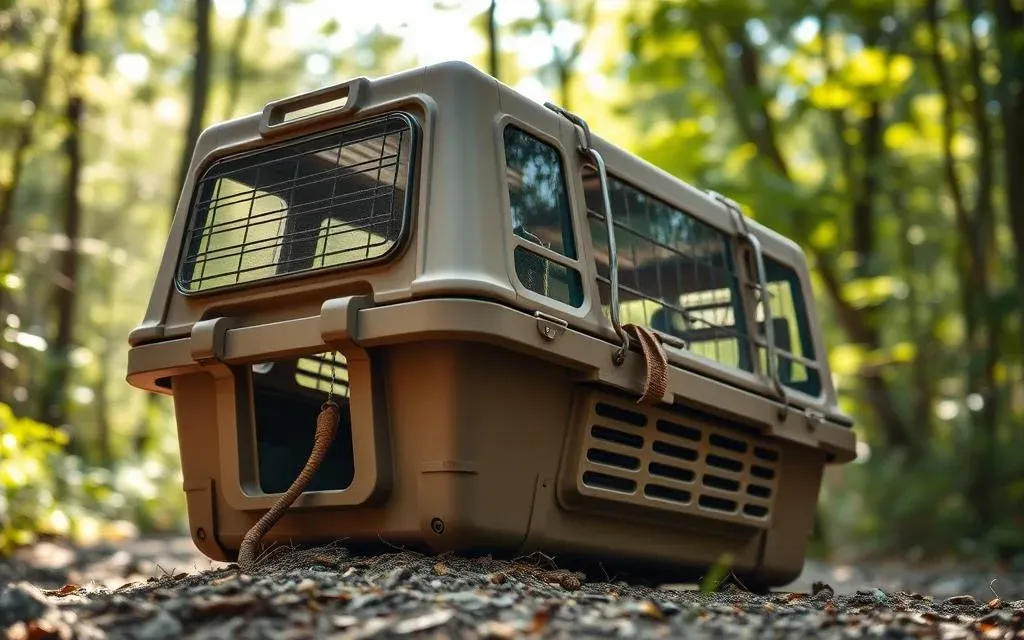
Communicating Correctly with Wildlife Rehabilitators
Once the animal is secure, contact a licensed wildlife rehabilitator. Provide clear details about the creature’s condition and location. This helps the professional prepare for its arrival.
Keep the container in a quiet, dark place during transport. Avoid unnecessary handling to prevent further stress. Secure the container to ensure it doesn’t open during the journey.
| Container Type | Best Use | Modifications |
|---|---|---|
| Cardboard Box | Small animals, birds | Poke pencil-sized holes for air flow |
| Pet Carrier | Larger mammals | Ensure secure latches and ventilation |
| Plastic Bin | Reptiles, amphibians | Add air holes and a damp cloth for humidity |
Following these steps ensures the animal receives the care it needs. Always prioritize safety and contact professionals for guidance.
Emergency Care and Precautions for Time-Sensitive Situations
Time is critical when dealing with wildlife emergencies, and quick action can save lives. Injured animals often experience shock, which can worsen their condition if not addressed promptly. Our immediate response can make a significant difference in their recovery.
Acting swiftly is essential, but we must also avoid common mistakes. Providing food or water to an injured animal can harm it further. Instead, focus on creating a calm environment to reduce stress.
Steps to Prevent Shock and Ensure Safety
Shock is a serious risk for injured animals. To prevent it, follow these steps:
- Use a soft cloth to gently cover the animal, reducing stress and keeping it warm.
- Place the animal in a secure container with proper ventilation.
- Keep the container in a quiet, dark place to help the animal remain calm.
These measures can stabilize the animal until professional help arrives.
Contacting a Licensed Rehabilitator
Reaching out to a licensed wildlife rehabilitator within the first hour is crucial. These experts have the training to provide proper care and ensure the animal’s recovery. Delays in treatment can lead to complications or even death.
When contacting a rehabilitator, provide clear details about the animal’s condition and location. This helps them prepare for its arrival and ensures the best possible care.
By acting quickly and following these guidelines, we can give injured animals the best chance at recovery. Always prioritize safety and seek professional assistance to ensure the animal’s well-being.
Conclusion
When we encounter a creature in distress, our actions can significantly impact its survival. Properly assessing injuries and distress is the first step. Using gloves, a towel, and a secure container ensures safety for both us and the animal.
Handling wildlife requires care. Approach slowly, cover the animal gently, and place it in a ventilated box. Avoid giving food or water unless advised by a professional. These steps help stabilize the animal until experts arrive.
Contacting a licensed wildlife rehabilitator is critical. They provide the care needed for recovery. Always prioritize safety and follow guidelines from established centers.
By acting responsibly, we can make a positive difference. Let’s work together to protect and care for wildlife in our communities.
Want to make a difference in wildlife rescue? Get expert guidance at NaturePreserveHub.com and help protect nature today!
FAQ
What should we do if we find an injured wild animal?
First, assess the situation from a safe distance. If the animal appears to be in distress or injured, contact a licensed wildlife rehabilitator immediately. Avoid direct contact unless absolutely necessary, and use protective gear like gloves and a towel to handle the animal.
How can we safely contain an injured wild animal?
Use a sturdy container, such as a cardboard box, with ventilation holes. Line it with a soft cloth or towel to provide comfort. Gently place the animal inside, ensuring minimal stress, and keep it in a quiet, dark area until professional help arrives.
What should we avoid doing when helping an injured wild animal?
Never attempt to feed or give water to the animal, as this can cause harm. Avoid handling the animal excessively, and do not keep it at home for extended periods. Always prioritize contacting a licensed wildlife rehabilitator for proper care.
How do we transport an injured wild animal to a professional?
Place the animal in a secure, ventilated container and keep it in a quiet, temperature-controlled environment. Call the wildlife rehabilitator or rescue center beforehand to inform them of the situation and follow their instructions for safe transport.
What are the signs that a wild animal needs immediate help?
Look for visible injuries, inability to move, bleeding, or signs of shock such as rapid breathing or lethargy. If the animal is a baby and appears abandoned, monitor from a distance first, as the parent may return. If in doubt, contact a professional.
Can we care for an injured wild animal at home?
No, it’s illegal and unsafe to care for wildlife without proper training and permits. Wild animals have specific needs and can carry diseases. Always transfer them to a licensed wildlife rehabilitator or rescue center as soon as possible.
What protective gear should we use when handling an injured wild animal?
Wear thick gloves and use a towel or cloth to minimize direct contact. This protects both you and the animal from injury or disease. Avoid handling bats or skunks without professional guidance, as they may carry rabies.
How do we know if a baby animal truly needs help?
Observe from a distance to see if the parent returns. Many species leave their young temporarily. If the baby appears injured, cold, or in immediate danger, contact a licensed wildlife rehabilitator for advice.

